當土又堆了起來 After it became backfill soil
2024 總爺國際藝術村|駐村個展
台南,總爺藝文中心,紅磚工藝館
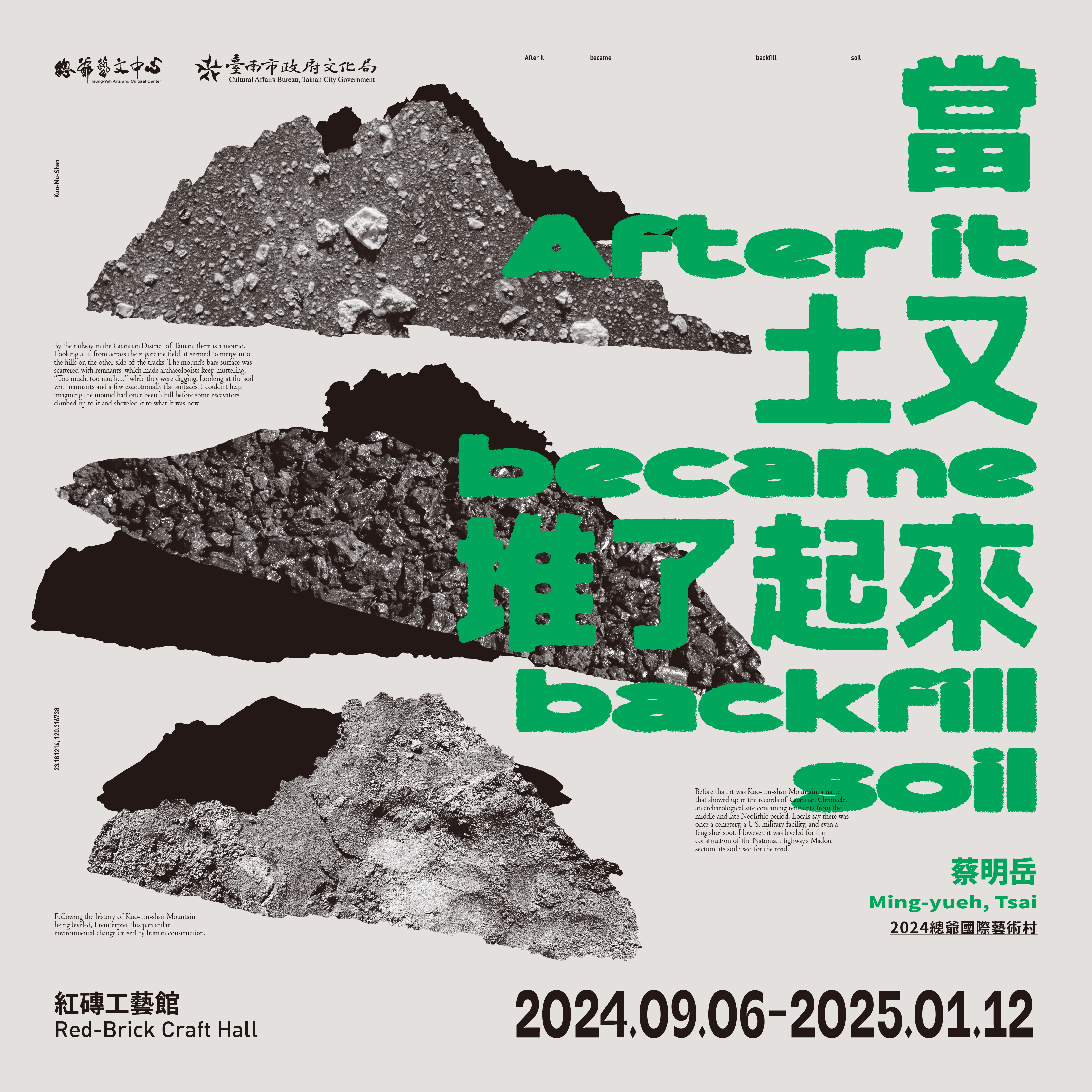
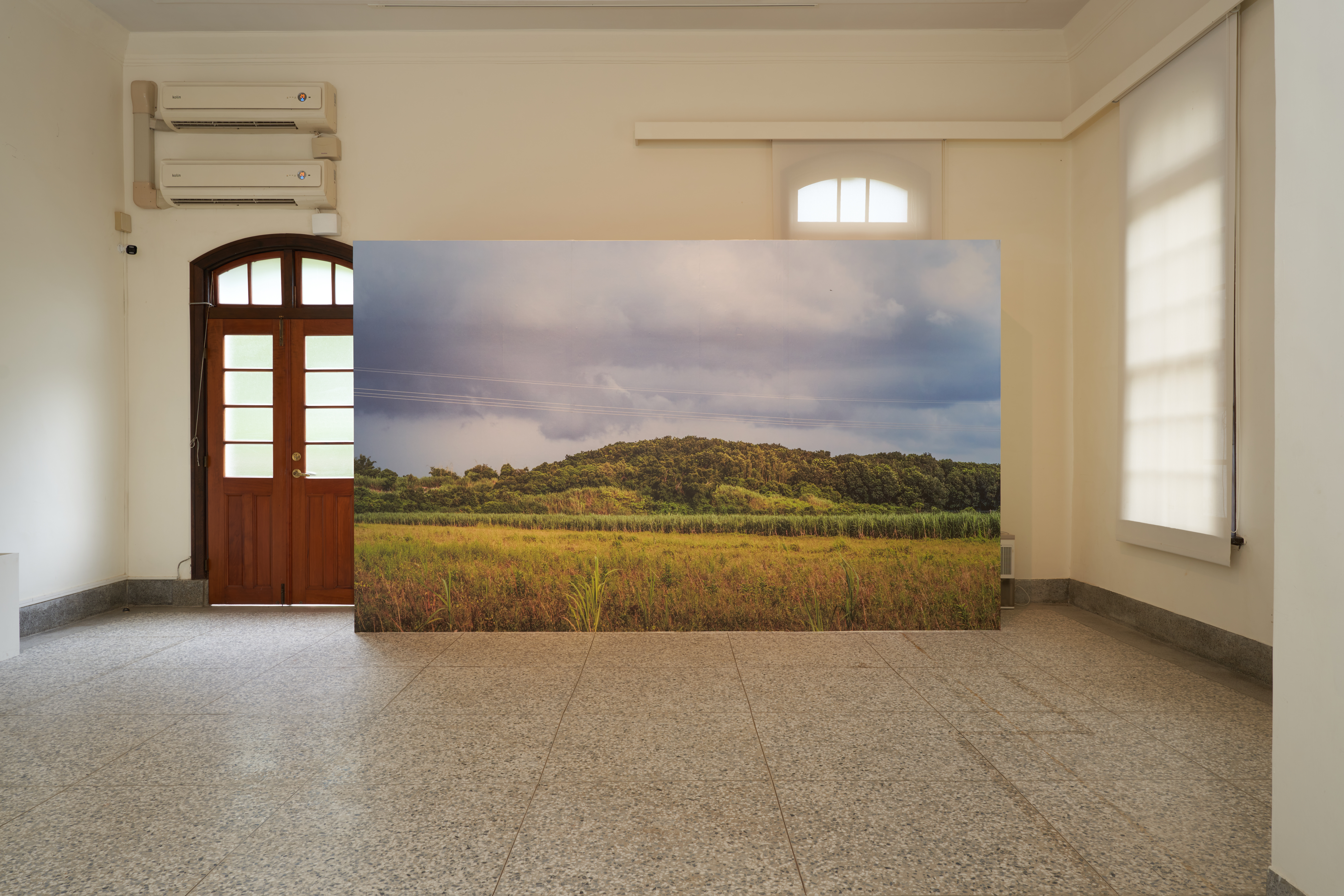

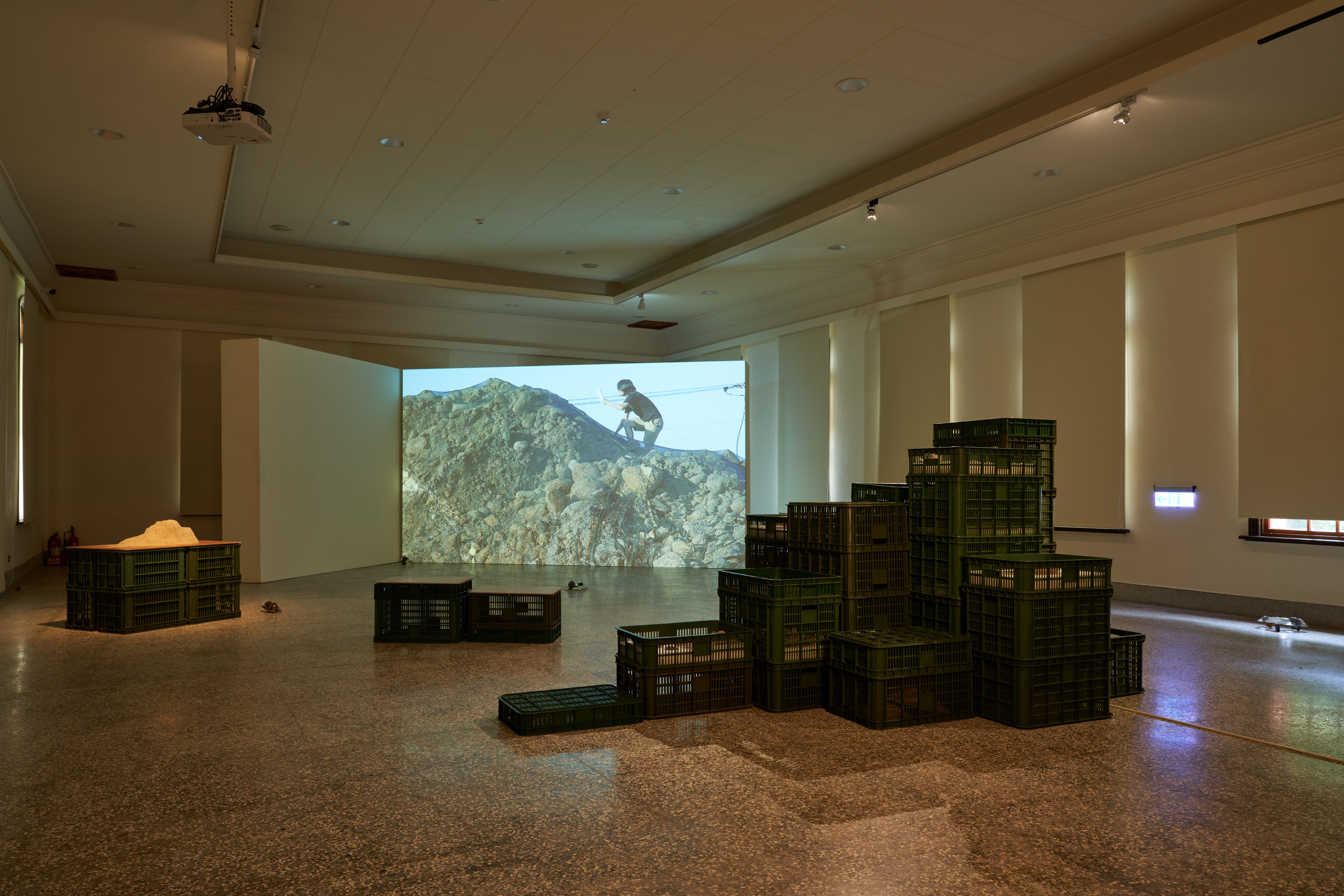
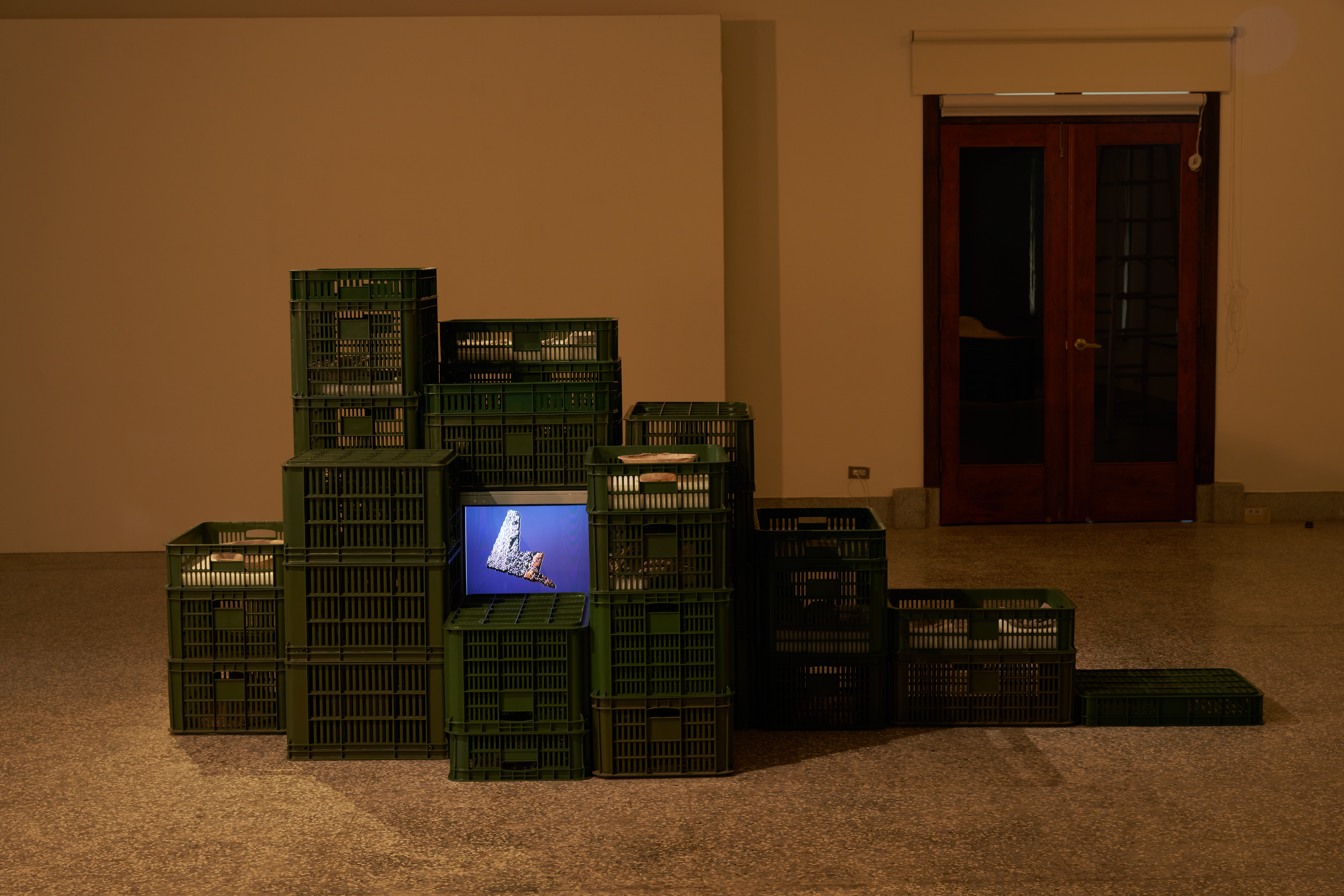

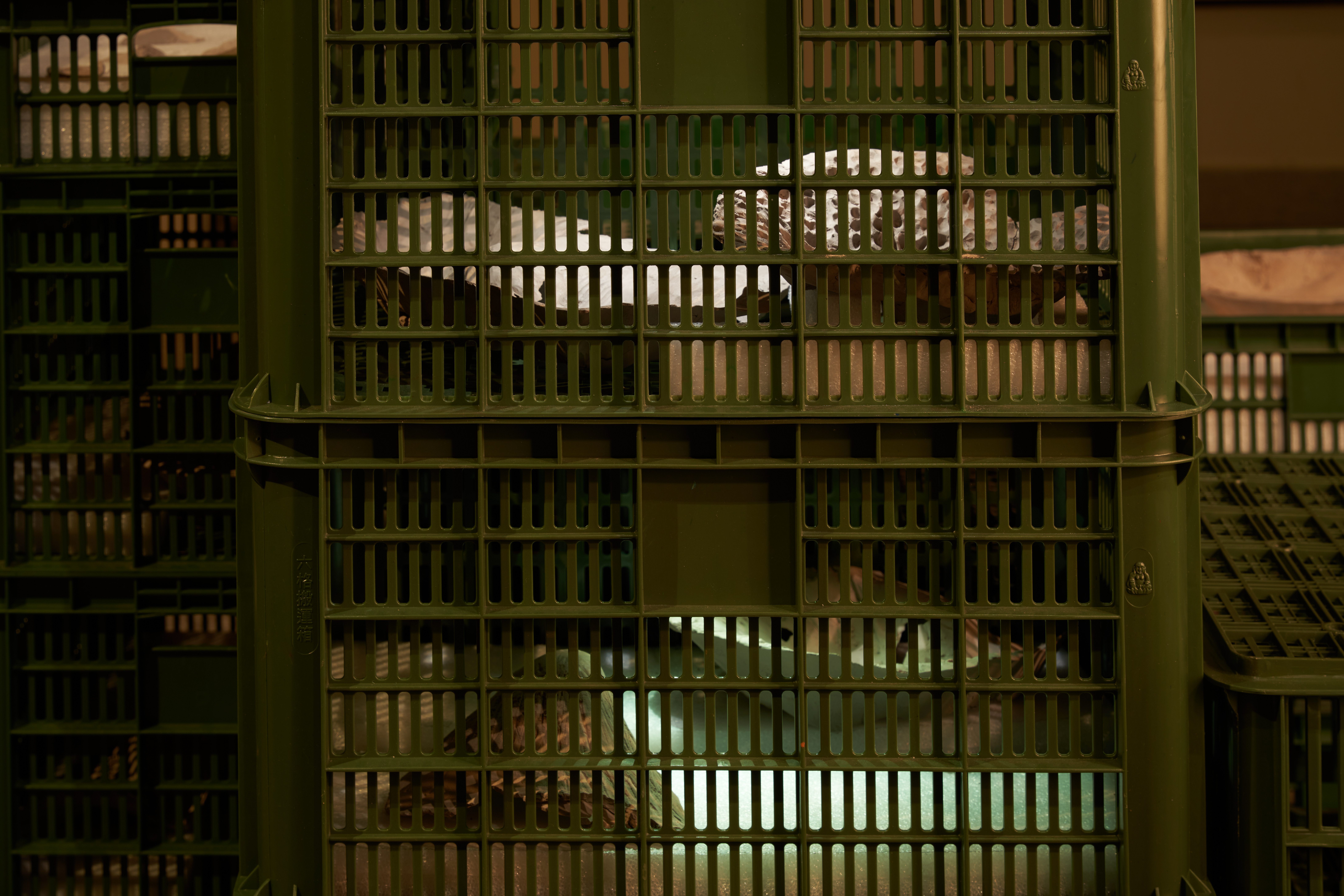
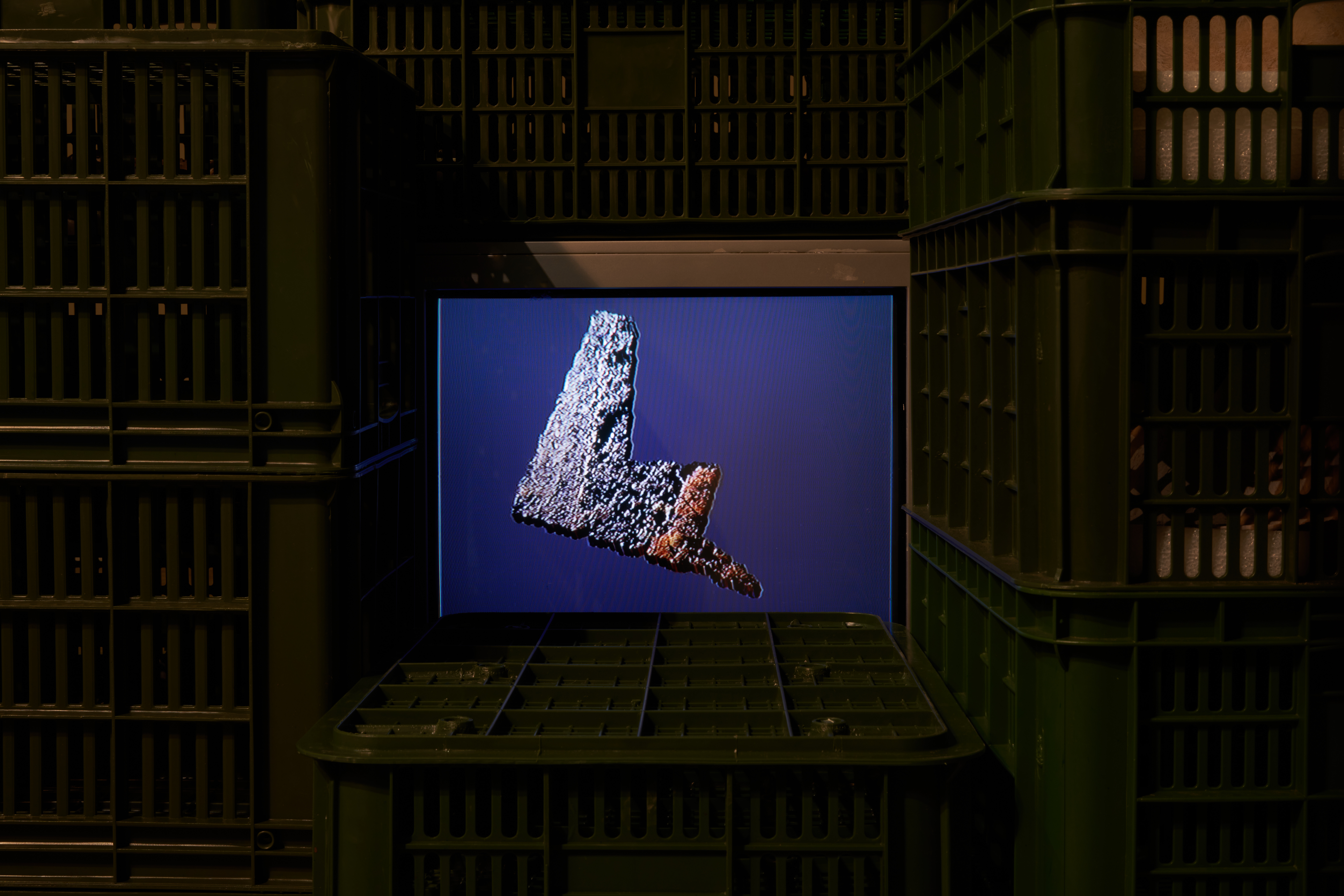
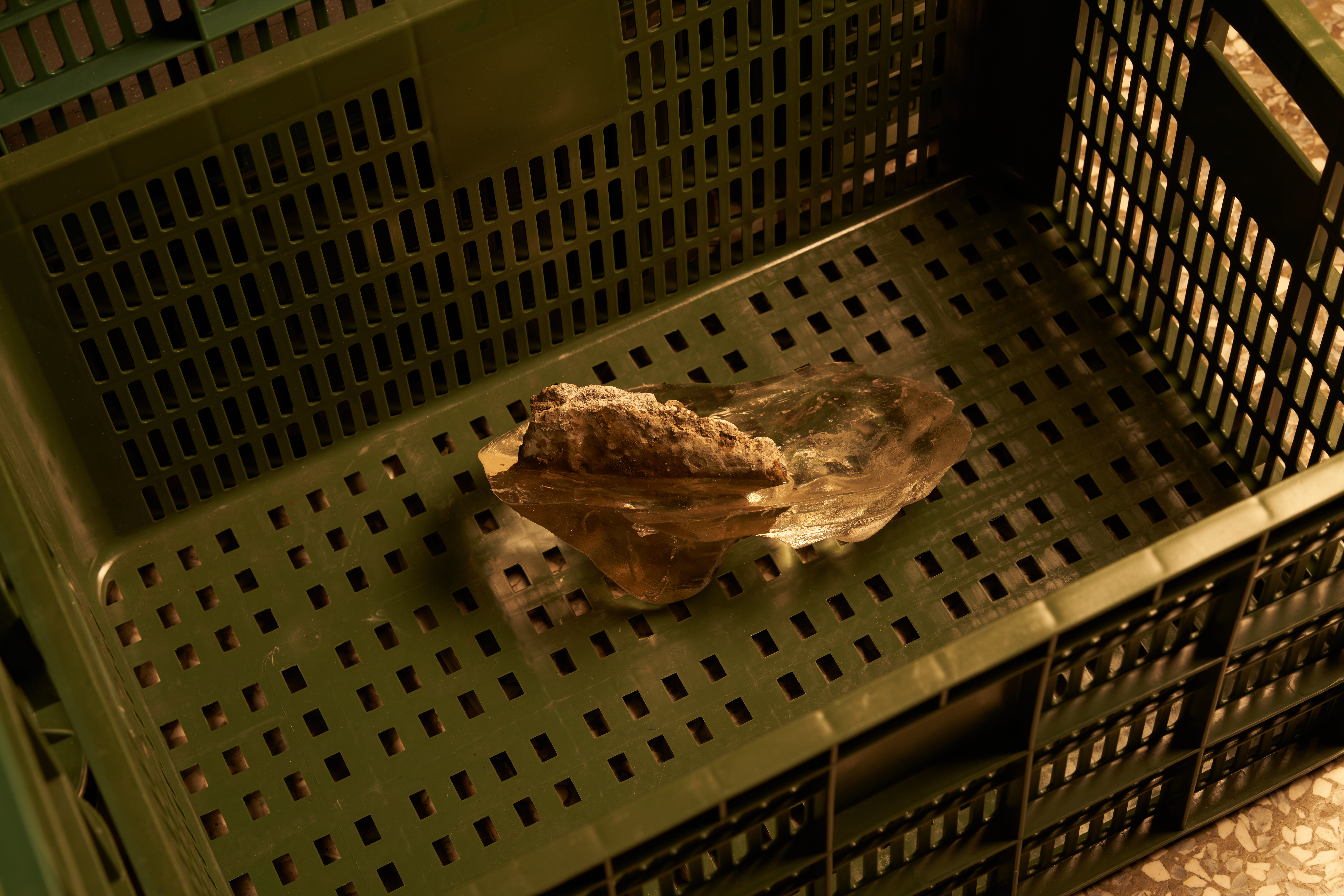
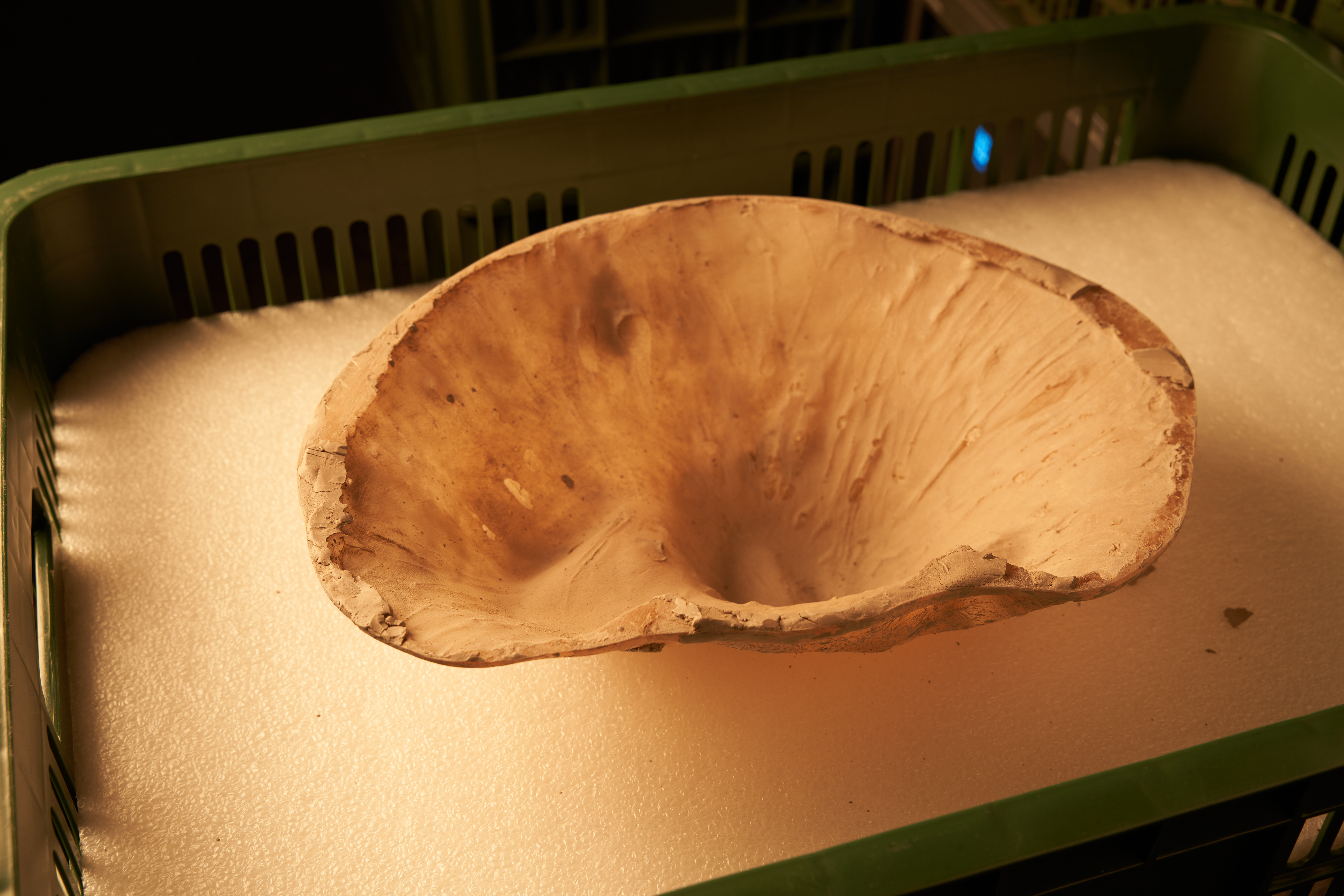
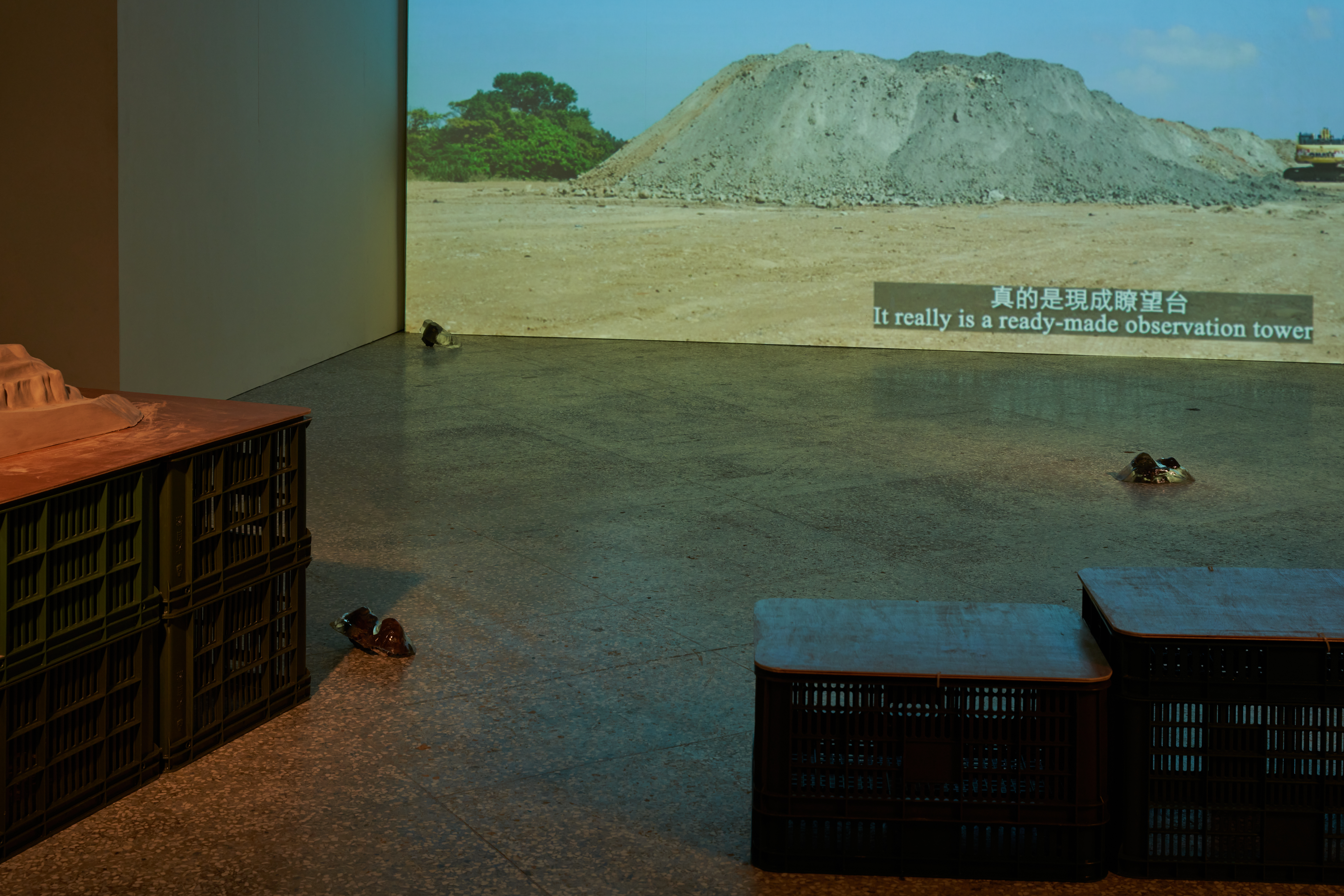
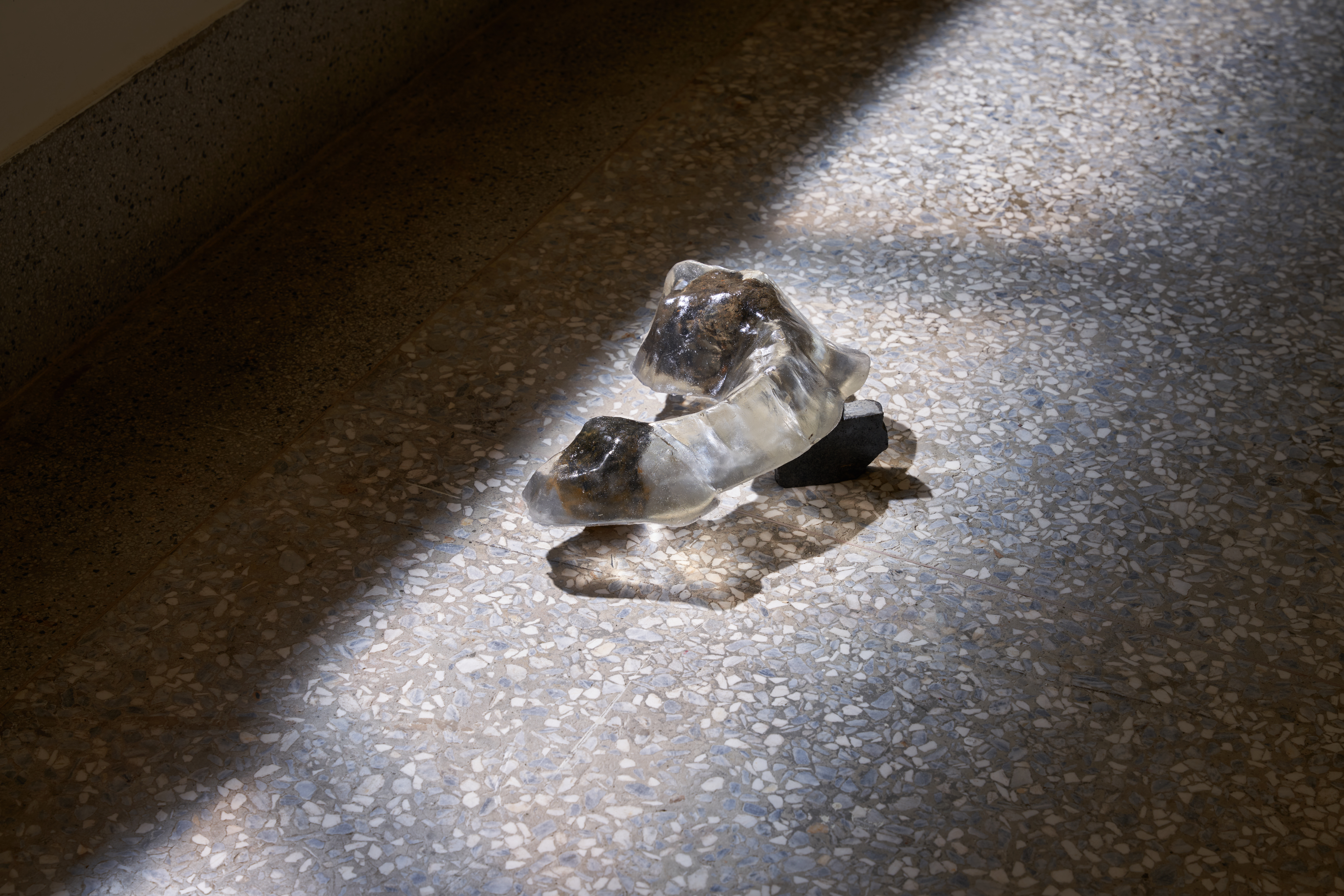
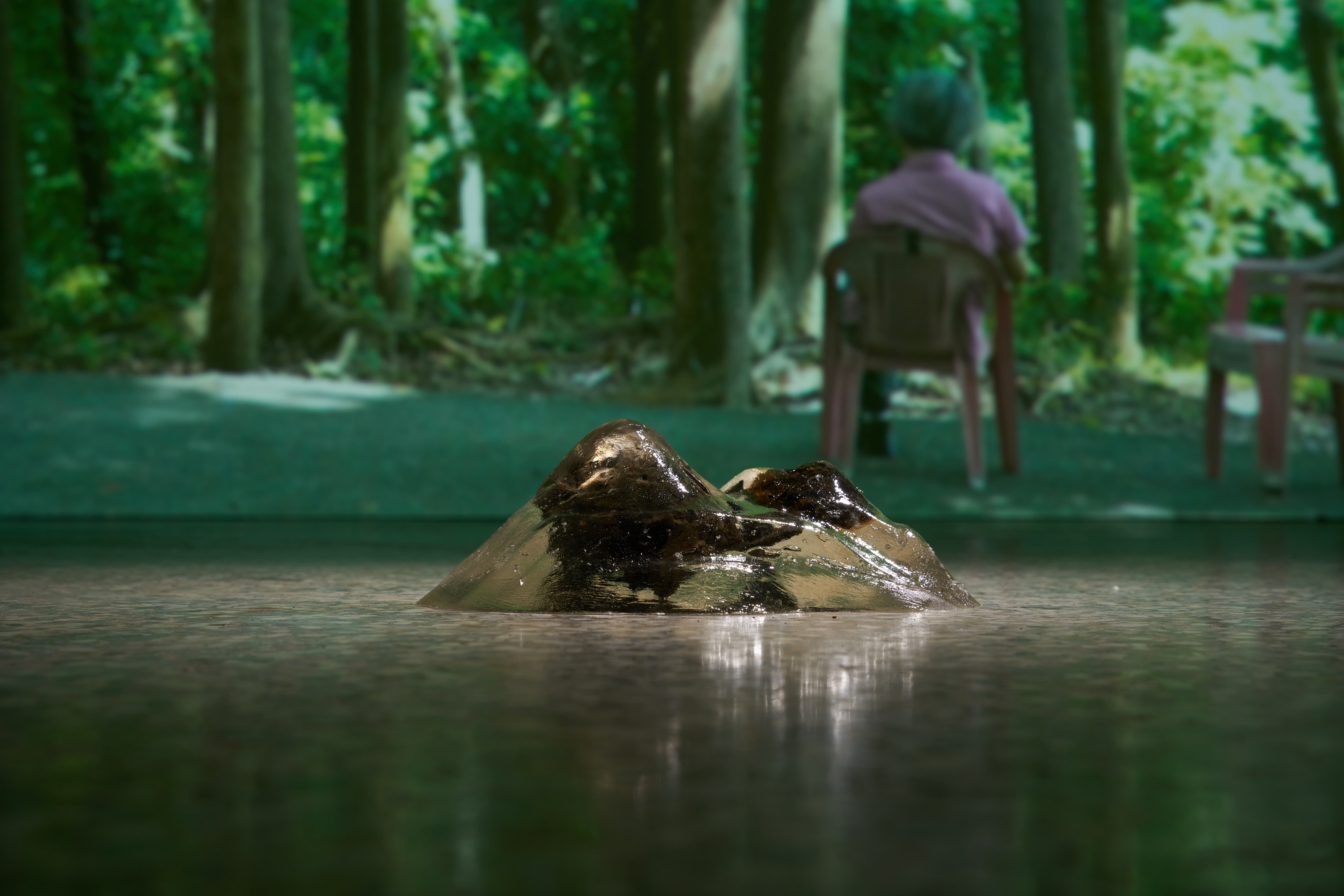
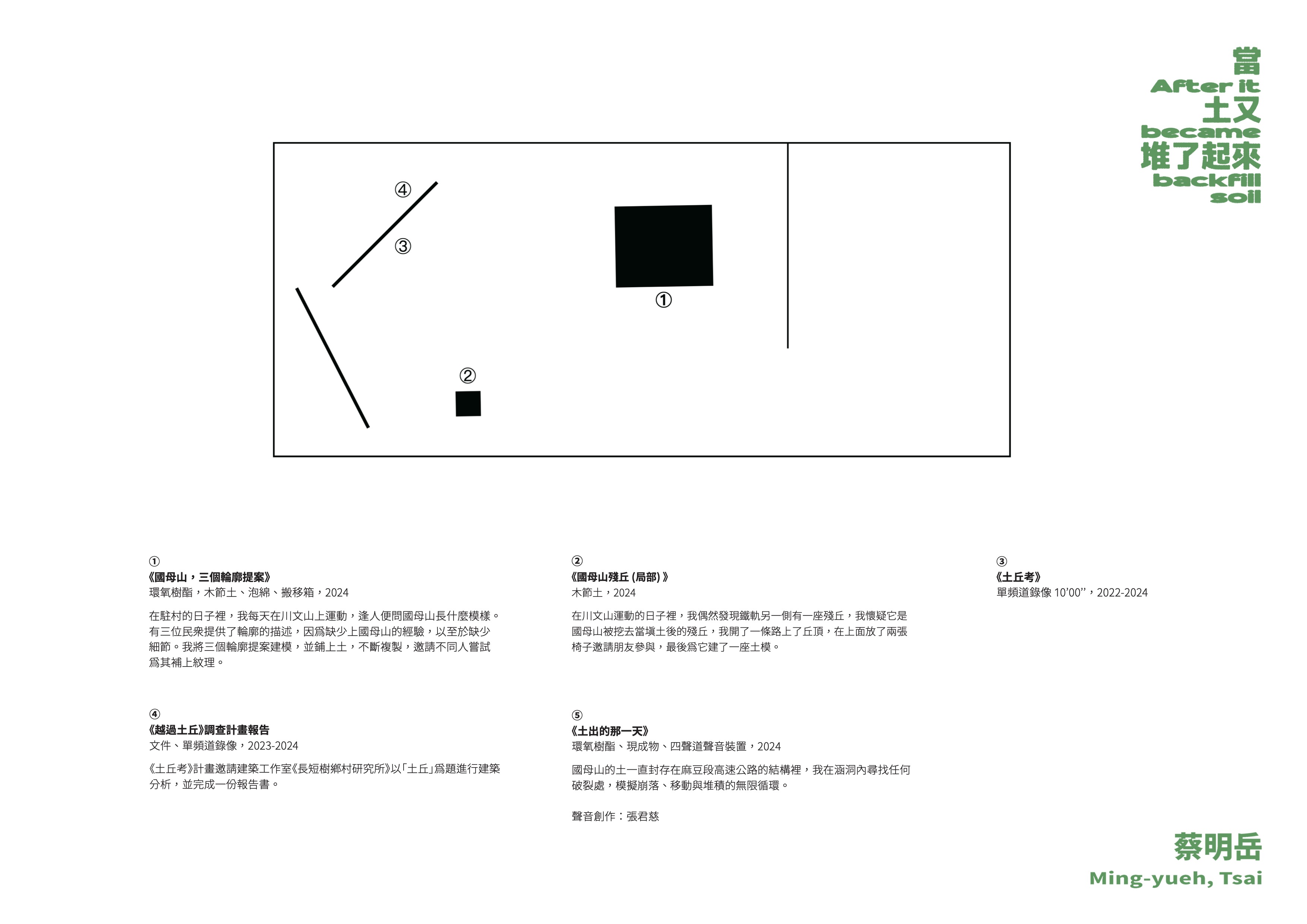
官田鄉志上的考古紀錄裡,記載著「國母山」,它是新石器時代中、晚期的考古遺址。當地人說那裡曾經是墓地、美軍設施、風水穴位。麻豆段高速公路建設時將之剷平,取其土造路。
這件移除的事件一直讓我很好奇,故在駐村於總爺國際藝術村的期間拜訪國母山被移除後的遺留碎片,包含在原址上一座疑似被遺留下來的土丘。
作為一位長期收集「土丘」的愛好者,每次若說出「誒 我剛剛看到一座土丘......」,就會面對語言對於土丘的範圍、輪廓難以精確描述的處境,甚至回頭也不見得能再次找到描述對象的經驗,「描繪的困境」似與我回顧國母山事件的過程有相對應之處。故在展覽裡,我以「談論土丘」的方式,重新詮釋回顧國母山的經驗。
It was Kuo-mu-shan Mountain, a name that showed up in the records of Guantian Chronicle, an archaeological site containing remnants from the middle and late Neolithic period. Locals say there was once a cemetery, a U.S. military facility, and even a feng shui spot. However, it was leveled for the construction of the National Highway’s Madou section, its soil used for the road.
This act of removal has always intrigued me. During my residency at the Tsung-Yeh Arts and Cultural Center, I visited the fragments left behind after Kuo-mu-shan Mountain was leveled, including what appears to be a mound that might have been left at the original site.
As a long-time enthusiast of collecting “mounds” every time I say, “Hey, I just saw a mound...,” I encounter the challenge of language failing to precisely describe the scope and contours of a mound. Often, even if I try to revisit the object of my description, I may not be able to locate it again. This “difficulty in depiction” seems to resonate with my process of revisiting the events surrounding Kuo-mu-shan Mountain. Therefore, in this exhibition, I reinterpret my experience of reflecting on Kuo-mu-shan Mountain through the act of “talking about mounds.”
聲音創作:張君慈
展場紀錄:珊瑚攝影工作室(@sunhoophotography)
翻模協力:宋相邦
計畫合作:長短樹鄉村研究所(執行《越過土丘》調查計畫)